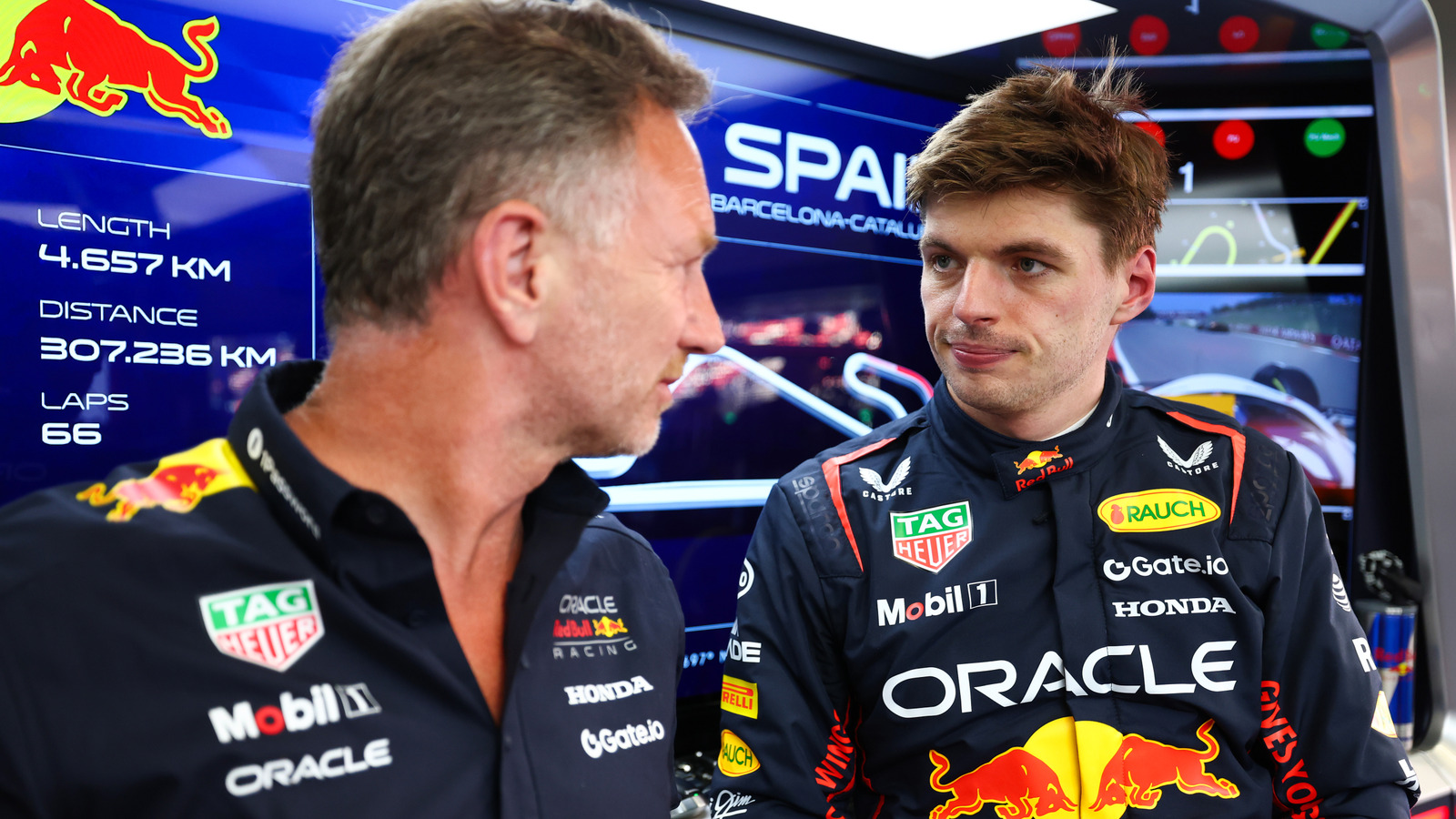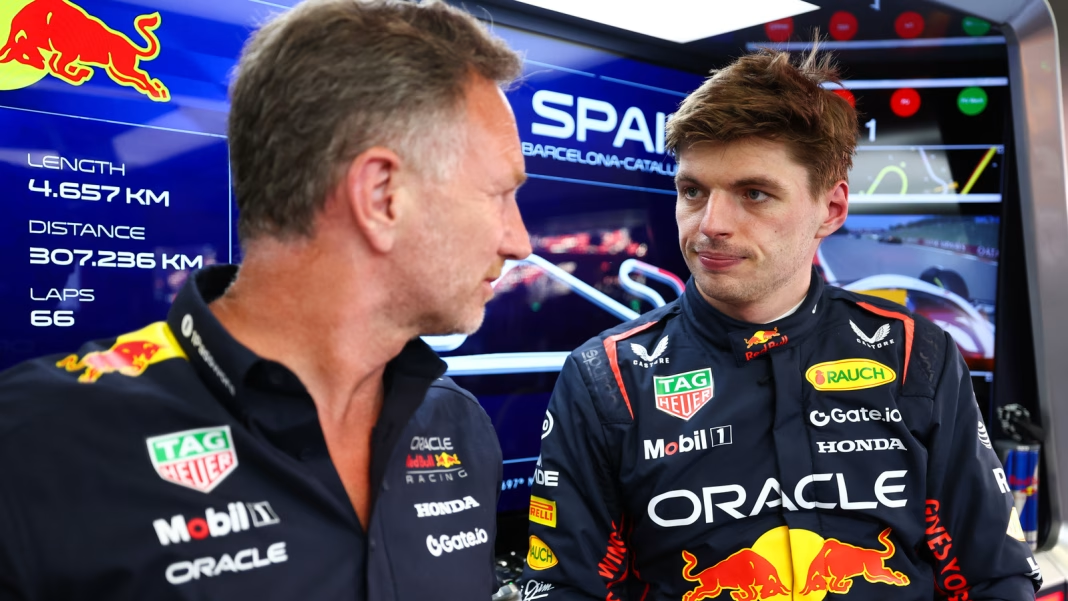Red Bull Racing is making headlines with its recent request to the FIA for an exemption that could allow 17-year-old Arvid Lindblad to race in Formula 1. This move has sparked a flurry of discussions among fans, analysts, and the motorsport community at large. So, what’s the story behind this bold request, and what could it mean for the future of F1?
Why Is Red Bull Racing Pushing for Lindblad?
At the heart of this request is the ongoing debate about age restrictions in Formula 1. Currently, the FIA mandates that drivers must be at least 18 years old to compete in F1 races. However, Red Bull Racing believes that Lindblad, who has shown remarkable talent in the junior racing circuits, deserves a chance to showcase his skills on the world stage.
Lindblad has been making waves in the motorsport scene, particularly in the Eurocup Formula Renault and the British F4 series, where he has demonstrated not just speed but also a maturity beyond his years. Red Bull’s push for his inclusion isn’t just about filling a seat; it’s about nurturing the next generation of racing talent.
What Are the Implications of This Move?
If the FIA grants this exemption, it could set a significant precedent. Allowing a 17-year-old to race in F1 could open the floodgates for younger drivers, potentially changing the landscape of the sport. This could lead to a more diverse age range among competitors, which might invigorate the sport with fresh perspectives and styles.
On the flip side, there are concerns about safety and experience. Formula 1 is not just any racing series; it demands a high level of skill, mental fortitude, and physical endurance. Critics argue that while Lindblad may be talented, the jump from junior categories to F1 is monumental. The pressure, the speed, and the stakes are unlike anything he’s faced before.
What Do Experts Say?
Experts in the field have mixed opinions on this matter. Some believe that age should not be a barrier if a driver can demonstrate the necessary skills and maturity. Others caution that the sport’s demands might be too overwhelming for someone so young, regardless of their talent.
For instance, former F1 driver and current commentator Martin Brundle has voiced his concerns about the risks involved. He emphasizes that while young drivers can bring excitement, they also need to be adequately prepared for the unique challenges of F1 racing.
What’s Next for Lindblad and Red Bull?
As Red Bull Racing awaits a decision from the FIA, the motorsport community is watching closely. If Lindblad is allowed to race, it could be a game-changer for both his career and the sport itself. It would signal a shift in how young talent is perceived and nurtured in Formula 1.
Moreover, this situation might prompt the FIA to reevaluate its age policies, especially as the sport evolves and attracts younger audiences. With the rise of social media and digital platforms, younger fans are becoming increasingly engaged with motorsport, and having relatable figures like Lindblad could enhance that connection.
The big takeaway? Red Bull Racing’s push for Arvid Lindblad isn’t just about a teenager getting a seat in F1; it’s about challenging the norms and potentially reshaping the future of racing. Whether or not the FIA grants this exemption, it’s clear that the conversation around age and talent in motorsport is far from over. Keep an eye on this developing story—it could lead to exciting changes in the world of Formula 1.


